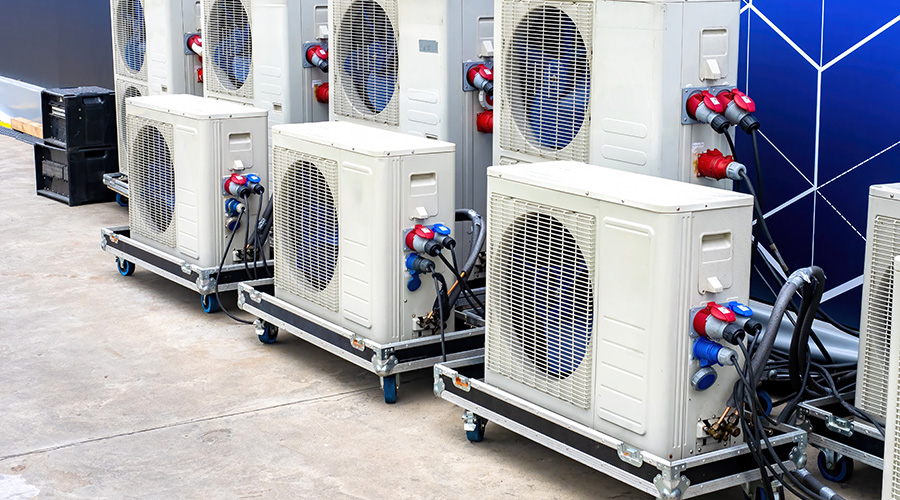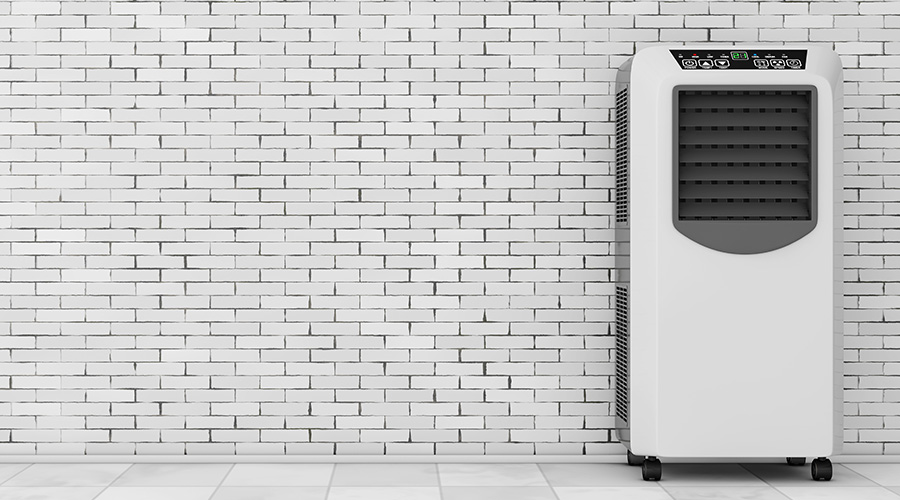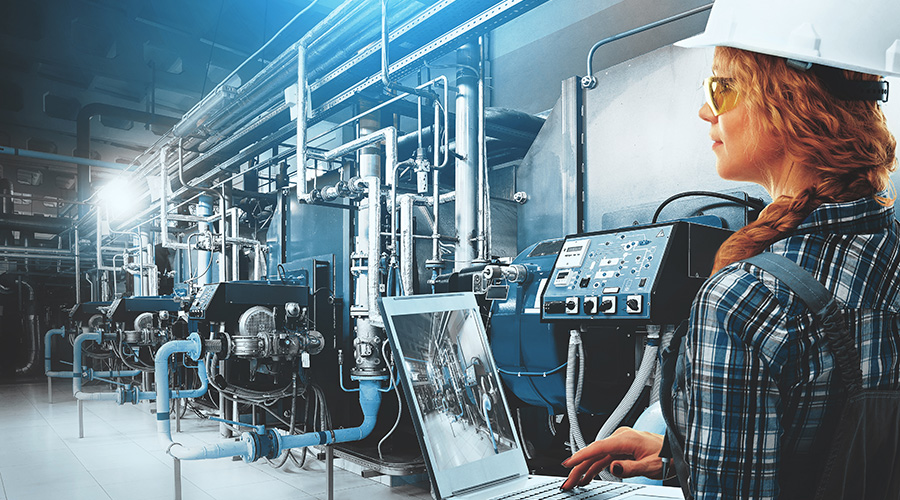Innovations Offer Reductions In HVAC Energy Consumption But Are Often Ignored
In recent years, the industry has devoted a great deal of effort to reducing the amount of energy used to operate buildings. During that time, a variety of innovative HVAC technologies and design strategies have been developed and proved in a wide range of projects. Those approaches, however, are often ignored when HVAC options are being weighed. That's unfortunate: Wider use of those HVAC strategies represents a substantial opportunity to cut energy consumption, since more than one third of the energy used in a building is for heating, cooling, and ventilation.
Those strategies are also crucial for projects aiming to achieve net-zero energy use. A net-zero energy (NZE) building is one where the total energy consumed over a period of one year, minus renewable energy generated on-site, is equal to or less than zero.
Designing a very efficient HVAC system, whether it's for a net-zero building or not, can be a significant task, and it is best accomplished through an integrated, holistic design approach. This approach requires the commitment and contribution of owners, architects, engineers, contractors, and other specialists. Building owners and facility managers play an integral part even beyond the design stage: Even the best-designed projects rely on the user's motivation to operate the building with a high level of energy efficiency — especially when striving for net-zero energy.
The appropriate selection of HVAC systems offers many opportunities to achieve great efficiency. But the first step in designing an efficient HVAC system, regardless of whether the project's goal is to achieve net-zero energy use, is to cut the demand for energy. This is accomplished by reducing building internal loads, by improving building envelope performance to reduce solar heat gains and conductive losses, and, at the same time, by maximizing the use of daylight.
Depending on the climate, cooling demand can be reduced by increasing building insulation and installing high-performance glass. Light-colored, reflective surfaces on roofs and walls and radiant barriers within ceilings are also important to avert solar radiation.
In recent years, there have been developments in dynamic building envelope technology that can alter performance in order to withstand peak periods. Smart glass or self-tinting products are controlled based on an electric signal. Phase-change materials can be installed in drywall in order to maintain surface temperatures during extended hot periods.
Internal electrical loads for lighting and power systems should also be reduced as much as possible to increase efficiency. About 39 percent of building energy use goes to lighting and office equipment. Reducing internal electrical loads also cuts the demand for cooling: For each kW consumed, a percentage of waste heat must be cooled.
Related Topics:













